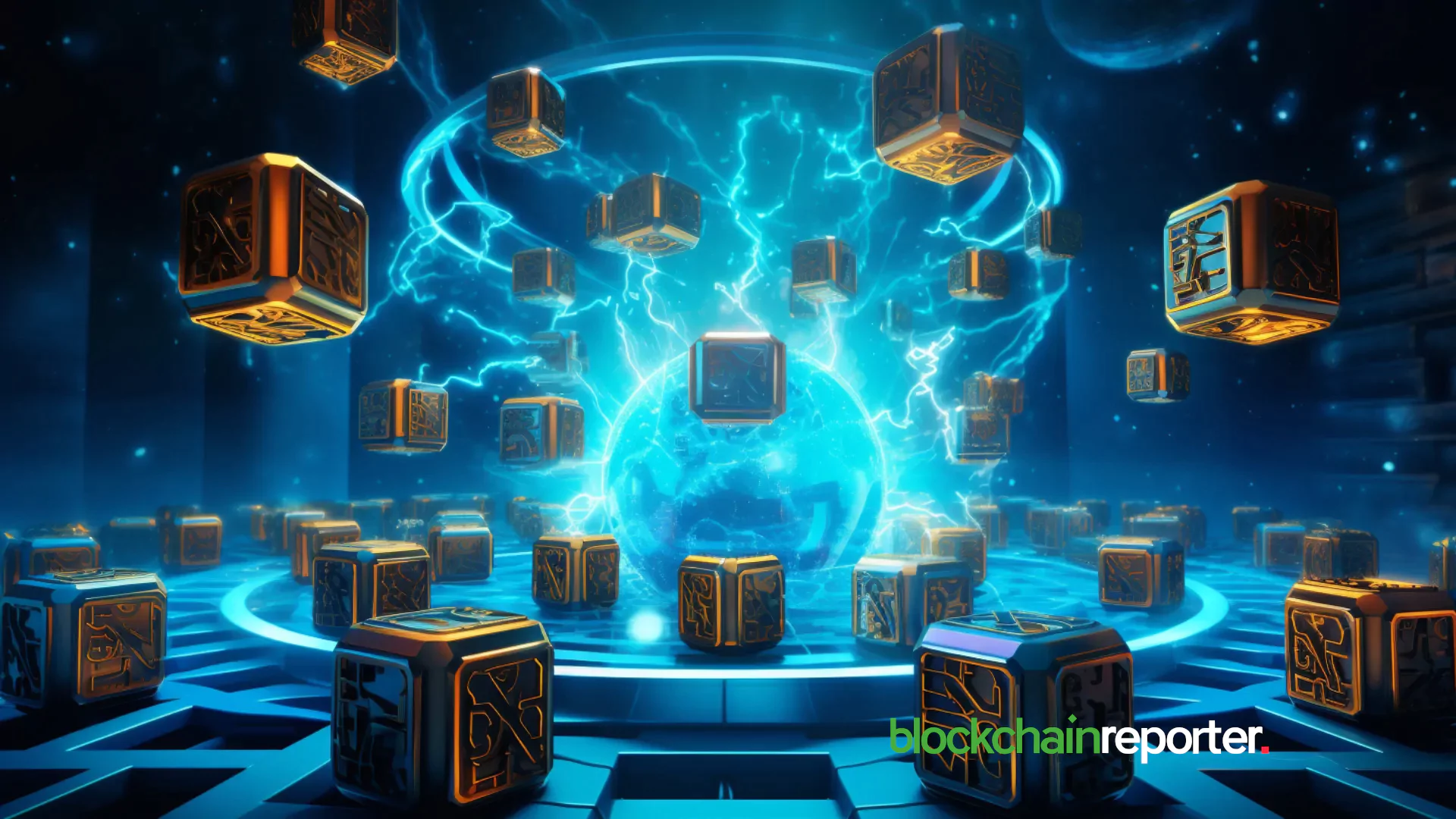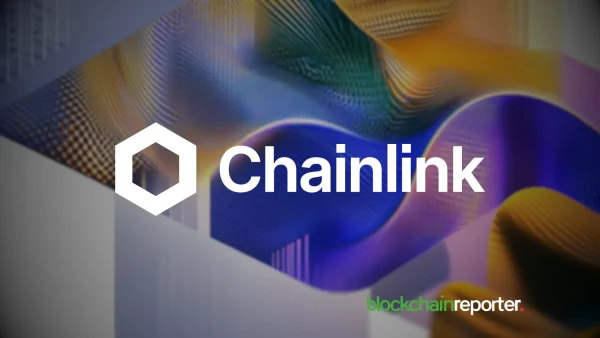
The launch of blockchain technology, over 13 years ago, was filled with much fanaticism and hope for a better global financial economy as antipathy for the corporations and centralized authorities reached a fever pitch following the 2008 global banking crisis. Over the years, the technology has evolved greatly from being merely a storage and communication channel to a fully-fledged ecosystem impacting virtually every industry from gaming to health, finance to data security and art to global cargo operations among others.
From one supreme blockchain, Bitcoin, the industry has exponentially grown to accommodate thousands (probably tens of thousands) of blockchains, each having its own transaction history, community, and values worth protecting. Most of these projects focus on creating sound money alternatives to the current fiat system. Some are developing solutions to the heightening data privacy crisis and others are focused on improving fan interactions with sports teams. Others are creating digital art pieces and building Metaverses that humans can benefit from either culturally or financially.
All in all the blockchain industry is growing into a global economy and the communities around them also need to grow and evolve. And just like the real world economies and industries, diversity and collaboration could be the key to unlocking blockchain’s potential global mass adoption.
Why Blockchains Need Interoperability to Unlock Web 3 Potential
The world is currently in the Web 2.0 internet era, whereby computers rely on HTTP stored in a server to find information. This means that the current technology is centralized, with data being owned and controlled by a small number of entities or authorities, which comes with its own benefits and limitations. Some of the problems include vulnerabilities to hacking and corruption, a lack of data protection, and monopoly ownership of data, connections, and other Web 2 services by big corporations and governments.
The rise of blockchain and Web 3 decentralized the information allowing users to store their data and information in a variety of places, eliminating the need for these massive centralized databases. Nonetheless, despite the decentralization and privacy the technology offers, many in the blockchain space still worry about the incessant reliance on the legacy architecture that stifles the dynamic properties of the technology.
With blockchain networks introducing smart contracts with the launch of Ethereum, the spectrum of the industry is completely changing. Today, blockchains have decentralized applications (DApps) that allow us to communicate, trade assets, create art, transfer data etc. Unfortunately, blockchains are still siloed from one another, operating like closed cities with complete economies and operational businesses but no highway infrastructure to connect them to other cities.
For the world to switch from Web 2 to Web 3, there’s a greater need for a seamless, universal, and decentralized method of sharing information and assets between blockchain ecosystems.
How Blockchains Suffer From a Lack of Interoperability
The lack of interoperability and communication across blockchains has been a big challenge to the overall adoption of the technology. While several solutions, such as bridges between the blockchains, have been proposed and implemented, there’s still a need for better solutions to break the siloed nature of blockchains.
Unsurprisingly, these types of solutions are not ideal as they are often expensive to maintain, time-consuming to build, and often centralized. While they solve the challenge of interoperability, bridges are built, owned, and operated by a single entity, hence giving them control over which tokens to support and which new networks to connect.
To this end, projects such as Wanchain are aiming to create a fully decentralized interoperability solution for blockchains. Wanchain drives blockchain adoption through cross-chain interoperability by building fully decentralized direct bridges that connect the world’s many siloed blockchain networks. The network ensures anyone can create their own bridge on the platform with nodes being re-elected and re-elected on a monthly basis.
Notwithstanding, Wanchain bridge nodes use ‘Secure Multiparty Computation’ and ‘Shamir’s Secret Sharing’ cryptography to ensure the blockchain transactions remain secure and private.
Several DApps are also moving to a fully decentralized cross-chain network, the top of them being blockchain games. Blockchain interoperability promises to be a key consideration for developers who want to reach out to a new generation of video game players. Fashion League, a blockchain game that is designed as a play-to-earn (P2E) platform, is one of the projects that could benefit greatly once blockchain interoperability is well designed, allowing transfers across gaming titles and the exchange of NFTs.
The game is fashion focused, where players can build and expand their own clothing store, become virtual 3D fashion designers, sell, trade, rent out their products to other players, participate in design competitions, and create their own fashion NFTs. These NFTs and products can be transferred on multiple blockchains, offering users efficiency and ease of use while playing the game and earning rewards.
Interoperability is still a young and budding stage in the blockchain space but as the industry grows, more platforms should focus on making transfers of assets and making transactions as seamless as sending money from one bank account to another.
Final Words
The blockchain industry is projected to become an $8 trillion market and become globally acceptable by 2030. However, to boost the adoption rates and value of this innovative technology, communication and promoting diversity are key. With solutions already in place, interoperability could be the solution that pushes blockchain towards global domination.









